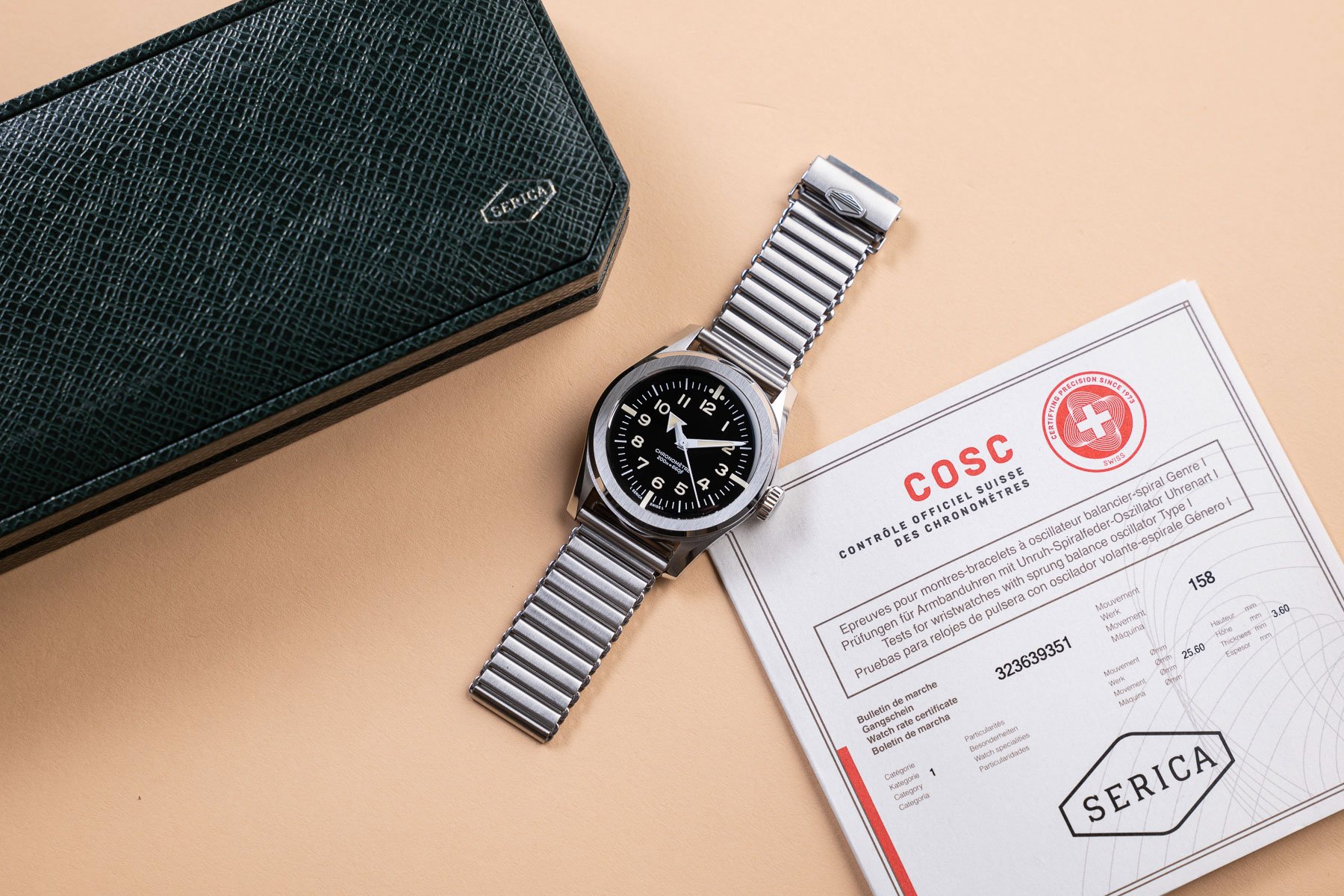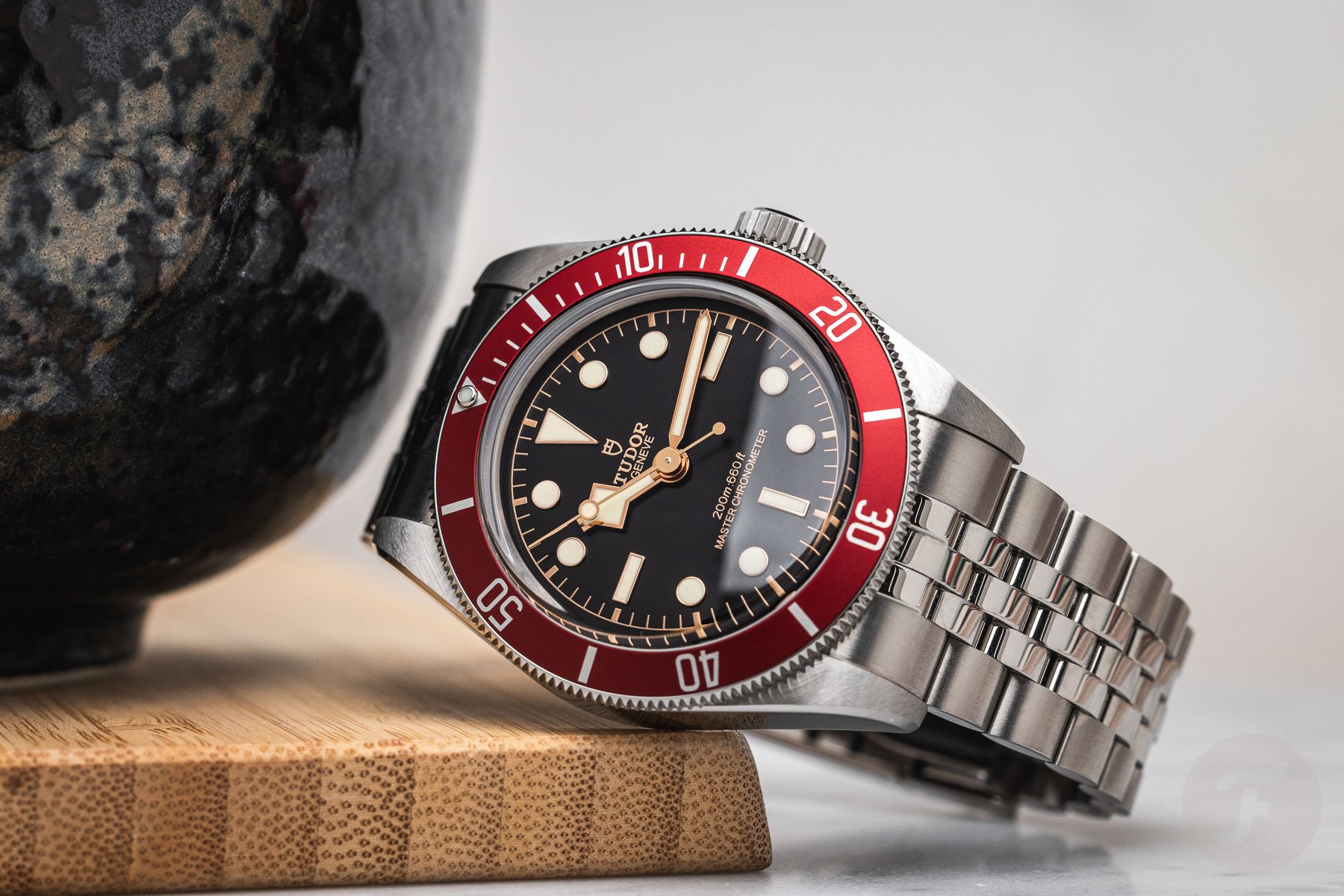Back To Basics: Chronometers — What Are They, And Why Should You Care?
In this installment of Back to Basics, we’ll dive into chronometers. What does this term mean, and why should it be relevant to you? If you are (relatively) new to the watch hobby, the word “chronometer” may be somewhat confusing. Technically, any object that measures (meter) time (chrono) is a chronometer, right? Then why do brands label some mechanical watches as such but not others?
As always with this series, this article is mainly for new watch enthusiasts, so if you are one of them, welcome! If you are a seasoned Fratello reader, this info will probably be familiar. Still, who knows? There may be something new here for you too. Let’s get into it!
What is a chronometer?
Let’s start with the core of the matter: what is a chronometer? Well, according to the Oxford Dictionary, it is an instrument for measuring time accurately despite motion or variations in temperature, humidity, and air pressure. Now, that would describe pretty much any wristwatch, yet we don’t use the term that way in the horological universe.
In the modern watch world, a chronometer usually refers to a watch that runs within a certain accuracy range. More specifically, this range is described and certified by Contrôle officiel suisse des Chronomètres (COSC). COSC is a Swiss non-profit organization that tests and certifies Swiss watches primarily for accuracy.
The pursuit of accuracy is ingrained in the fabric of watchmaking. Today, it is primarily a matter of prestige for luxury mechanical watches. They will always lose the precision battle against quartz watches and your smartphone. The origins of the chronometer, however, come from a time when it was a matter of life and death.
The beginnings of chronometry
The first chronometers were tools for maritime navigation. Until the early 18th century, navigators knew how to determine their latitude but not their longitude. They would use a sextant to measure the angle between the horizon and the Sun. When this angle was at its greatest, they would know it was noon. The sextant would then indicate the latitude of their current location.
In 1735, however, John Harrison invented a clock accurate enough to determine longitude if the user had a reference time in their home harbor (Greenwich Mean Time). The earth rotates 360 degrees every 24 hours — or 15 degrees per hour. So, if a sailor were to measure that it is noon in his current location while the reference clock shows it is 16:00 GMT, he would know that the ship had traveled 60 degrees west.
The caveat is that this only works if the reference clock is very accurate. This is why maritime clocks were the costliest and most high-tech instruments of their day. They were mounted in shock absorbers housed in wooden cases. Often, only the captain had the authority to open the box and operate the chronometer. Letting its power reserve run out or accidentally changing the time could mean getting lost at sea.
COSC
Today, most chronometers are certified as such by COSC according to the ISO 3159 standard. A COSC-certified watch houses a movement that has passed a series of tests. That is right; the movement is tested before being cased in a watch.
COSC tests the caliber over 16 days under varying temperature, position, and humidity conditions. The average daily deviation must be within -4/+6 seconds per day. After successful testing, the caliber gets a certificate with its unique caliber serial number. This certificate is usually offered with the watch as a value-adding feature.
As you can imagine, getting calibers tested and certified is a costly affair. The additional costs and the prestige of certified accuracy lead to higher retail prices. You can expect to pay a premium of potentially several hundred euros or dollars for a chronometer over a non-chronometer watch.
Other chronometer certifications
COSC is not the only body to do chronometer certification. Watchmaking countries other than Switzerland, such as Japan, tend to have similar institutions. Within Switzerland, another big player is the Federal Institute of Metrology (METAS).
METAS is primarily known for certifying Omega’s watches as well as Tudor’s nowadays. The main difference is that the movements must be cased in the final watches during METAS testing. The more stringent tests include water and magnetism resistance and permit a maximum deviation of 0/+5 seconds per day. The resulting watches are referred to as Master Chronometers.
Other manufacturers, such as Rolex, start with COSC-certified calibers and then add testing and certification of their own. In Rolex’s case, that results in a Superlative Chronometer certification. Such a chronometer is accurate within -2/+2 seconds per day.
Is there a physical difference between a chronometer and a non-chronometer?
A more accurate watch is a better watch, right? Well, at least, it is better at its core job of being a time-telling device. The caveat is this: a chronometer isn’t necessarily structurally different from a non-chronometer. As you may know, most mechanical watch movements can be regulated. There are different ways of doing this, but they all allow for small adjustments to a watch’s pace.
So what if I take a chronometer-certified movement and de-regulate it? This can be a matter of turning a single screw. Well, simply put, it is no longer a chronometer. What if I buy a chronometer and don’t service it for 15 years? Rest assured, it will no longer be a chronometer.
In short, chronometer certification tells you that the movement is capable of great accuracy and has been regulated to those standards. Some of the most common calibers, such as the Sellita SW200, can be regulated to COSC spec. A chronometer version may be regulated and certified, but it isn’t different in any material way from a non-regulated version. Its accuracy is simply certified at the time of production. If a watch has been sitting in a jeweler’s window for two years, it might not run within COSC spec anymore by the time you buy it.
So, should you care about chronometer certification?
It’s understandable if this leaves you wondering, “Should I care?” The answer to the question is always personal. On one hand, it is admirable if a manufacturer strives for perfection and backs it up with third-party certification. On the other, unless you plan to have your watch regulated periodically, it isn’t an added value that will last.
Accuracy, in general, is a feature of mechanical watches that people value differently. I know of people who would never buy entry-level Seiko watches because of their relative inaccuracy. Others don’t even care about accuracy when buying a watch. There is no right or wrong. If you lust after watches for their designs or historical relevance, by all means, ignore accuracy. If you want the last word in chronometric precision, look for something with a fancy certificate.
What do you think about chronometer certification? Do you take it into account when considering a watch? Let us know in the comments below!








